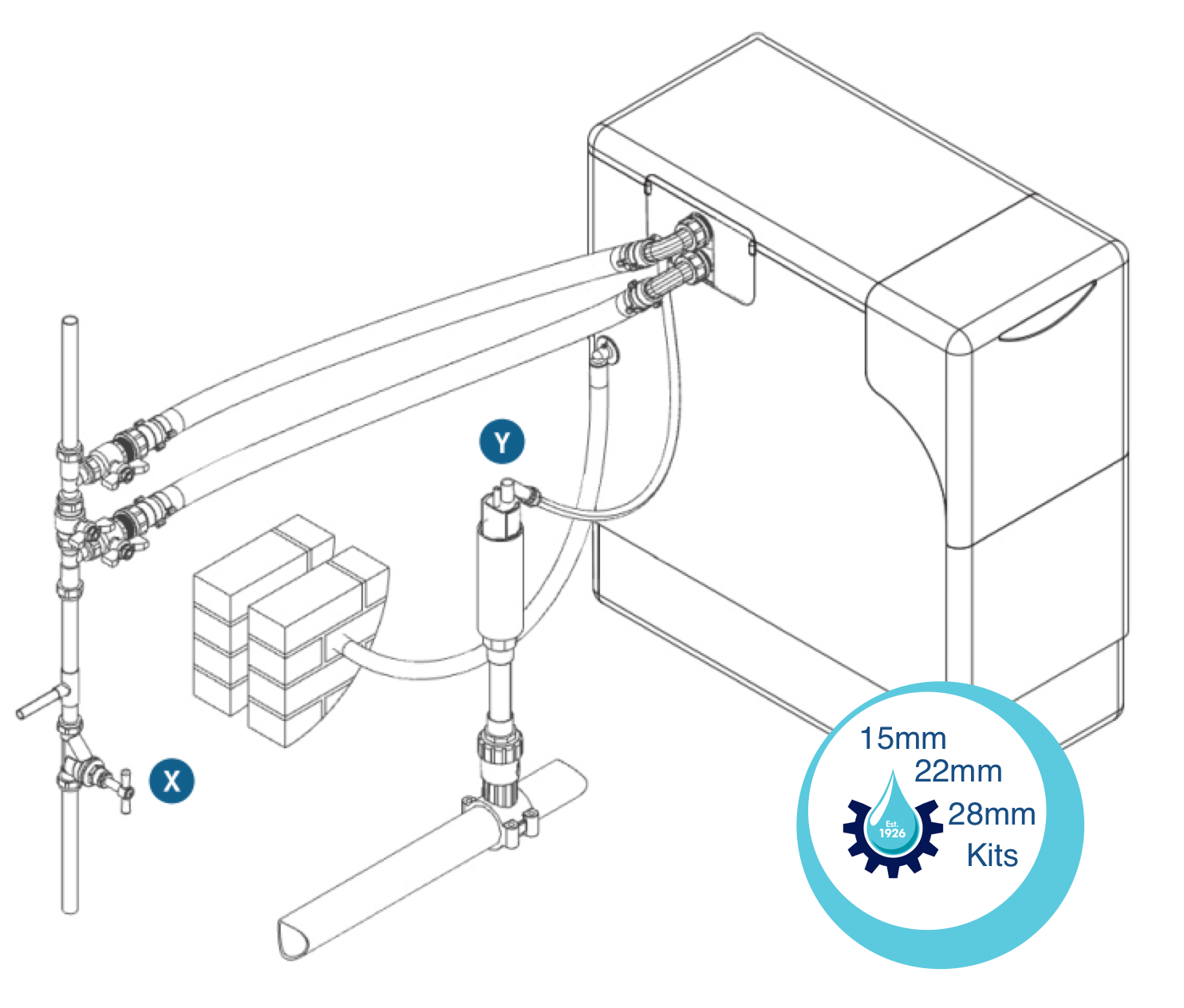How to bypass your water softener
When should I need to bypass my water softener?
There may be several reasons why you would want to bypass a water softener.
1. Cleaning or maintenance:
When performing cleaning or maintenance tasks on your water softener, bypassing the unit allows you to work on it without interrupting the water supply to your home.
2. Watering plants or gardens:
Some plants, such as certain varieties of flowers or vegetables, prefer watering with hard water, although they are few and far between. Bypassing the water softener ensures that you can provide them with water that has not been softened.
3. Preserving water hardness:
Sometimes you may prefer access to hard water for specific purposes. For example, hard water can be beneficial for brewing certain types of beer or for washing clothes that require the stiffness provided by hard water.
4. Addressing sodium restrictions:
If you have dietary or health restrictions that require you to limit salt intake, bypassing the water softener can provide access to water that has not been softened (hard water).
5. Testing water quality:
By bypassing the water softener, you can assess the quality of the incoming hard water versus the softened water. This can help you determine the effectiveness of your water softener or identify any potential issues with the water supply.
Remember!
Bypassing a water softener should be done temporarily and for specific purposes. It is generally recommended to use softened water for most household needs to prevent the negative effects of hard water on plumbing, appliances, and personal care.
How to Bypass your Water Softener
Step 1: Identify your water softener bypass valve
Every softener installation should have a bypass valve which allows the water coming into your home to “bypass” the softener should you have a problem.
Follow the hoses from the water softener to the point where they join the main copper pipes. This is where the bypass set is located.
There will be three valves here, and depending on the age of your softener, and who installed it, they could, possibly, look anything like one of the following:
Once you have located the valves, you'll need to turn all three valves ¼ turn in order to isolate the water supply and also turn the water on so that you have a hard water supply to keep water flowing into your property in the meantime.
If you have an electric water softener, now that your water softener is bypassed, you can now safely turn your water softener off at the electrical mains socket if you wish to.
This may help: Here is the layout of a typical water softener installation
This is what your water softener installation might look like.
Step 2: Bypass your water softener
This is how you go about bypassing your water softener:
Download and print the instructions
HELP! What to do if your water softener is leaking ....
If your water softener is actively leaking water, despite being bypassed, then the water that is coming from it is most likely stored water under pressure.
There is a really simpleway to 'dump the pressure', and I've filmed a short video to help show you what to do:












